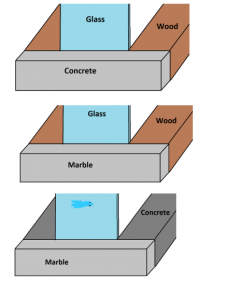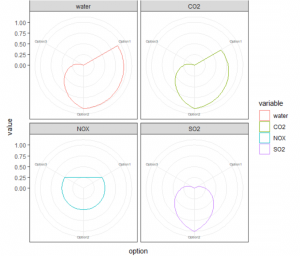Introduction
When one thinks about the current landscape in cities and the ideas people have when it comes to buildings and the building sector in general it may range from bridges, over office buildings to maybe schools. But very rarely and, if the thought ever arrives, only very tangentially people think about cultural buildings. Or when it comes to the more “functional” buildings, although it is open to discussion whether an office building is more “functional” than a sightseeing-building, we mostly think about the engineering aspect of it, without giving much attention to its aesthetic. Firmitas, utilitas, venustas. These three aspects are the ones Vitruv mentioned when it comes to designing buildings. The third aspect (venustas) can be translated as aesthetics.
The landscape is characterized by tall glass/concrete/steel buildings. Especially when it comes to landmarks and monuments these are particularly characterized by their size (i.e.: Burj Khalifa). The proposal to shake up the marketplace and venture an attempt at building an “Antique-Style” temple building mainly out of marble can be made upon these aspects. The interesting part of it would be: How does this type of building fare in terms of its carbon footprint based on its life span.
In particular the focus is on the Roof structure since that is one of the most captivating parts of old structures.

In general it is to say, that the main goal was to combine the Emissions and Water Consumption of Marble and Concrete Constructions, with a Mixed Solution of both of them used.
Since the assumption was that Marble is being used for Cultural Buildings, and since these tend to last for long spans of time, the decision was to make the lifetime as long as possible.
Results
In almost every category (besides SO2 Emissions) the hybrid solution (i.e. Marble & Concrete) was by far superior, which lead to the following takeaways:
- Timber is by far the most water consuming
- Concrete emissions are very high compared to the other materials when it comes to SO2
- CO2 emissions are minimized when Marble is utilized




